Up until recently, astronomy was reliant entirely on electromagnetic waves. While that changed with the confirmation of gravitational waves in 2016, astronomers had developed fundamental frameworks in the electromagnetic spectrum by that point. One critical framework broke the spectrum into three categories based on their wavelength - infrared, optical, and ultraviolet. To astronomers, each of these categories was created by a different physical phenomenon, and monitoring each gave its insight into what that phenomenon was doing, no matter what the other spectra said. This was especially prevalent when researching galaxies, as infrared and optical wavelengths were used to analyze different aspects of galaxy formation and behavior. However, Christian Kragh Jespersen of Princeton's Department of Astrophysics and his colleagues think they have found a secret that breaks the entire electromagnetic framework - the optical and infrared are connected.
Continue reading

It's easy to measure the rotation rate of terrestrial planet by tracking surface features but the gas and ice giants pose more of a problem. Instead, previous studies have relied upon indirect measures like measuring the rotation of their magnetic fields. Now a team of astronomers have used the Hubble Space Telescope to refine the rotation rate of Uranus with an incredible level of accuracy. This time though, instead of studying the rotation of the magnetic field, they tracked aurora to measure one rotation!
Continue reading
We all know that black holes can devour stars. Rip them apart and consume their remnants. But that only happens if a star passes too close to a black hole. What if a star gets close enough to a star to experience strong tidal effects, but not close enough to be immediately devoured? This scenario is considered in a recent paper on the arXiv.
Continue reading
In 2021, the Office of the Director of National Intelligence (ODNI) released a report detailing recently-declassified information on Unidentified Aerial Phenomena (UAP). Since then, the Department of Defense has released annual reports on UAP through the All-domain Anomaly Resolution Office (AARO). Nevertheless, there is still a lack of publicly available scientific data on the subject. To address this, a new study led by the Harvard-Smithsonian Center for Astrophysics (CfA) and the Galileo Project proposes an All-Sky Infrared Camera to search for potential indications of extraterrestrial spacecraft.
Continue reading
Familiar Saturn currently provides dawn observers with a bizarre, 'ring-less' view.
Continue reading
NGC346 is a young star cluster in the Small Magellanic Clouds with an estimated 2,500 stars. It's about 200,000 light years away and this image, taken by the Hubble Space Telescope reveals a beautiful region of star formation. The bright blue stars are many times more massive than the Sun and will live short lives ending in spectacular supernova explosions. The image helps us to understand the stellar formation process in a galaxy that has fewer metals than our own Galaxy.
Continue reading
Astronomers have discovered a remarkable star system just 150 light-years from Earth that's destined for a spectacular cosmic display. The system contains a white dwarf star drawing material from its companion star, with the pair orbiting at just 1/60th of the Earth-Sun distance. With their combined mass reaching 1.56 times that of our Sun, these stars are gradually spiralling toward each other, setting the stage for a spectacular explosion. Fortunately, scientists estimate this cataclysmic event won't occur for roughly 23 billion years, long after our own Sun will have reached the end of its life cycle.
Continue reading

Although astronomers have ruled out a smash-up between Earth and an asteroid known as 2024 YR4 in the year 2032, the building-sized space rock still has a chance of hitting the moon. In fact, the chances — slight as they are — have doubled in the past month.
Continue reading
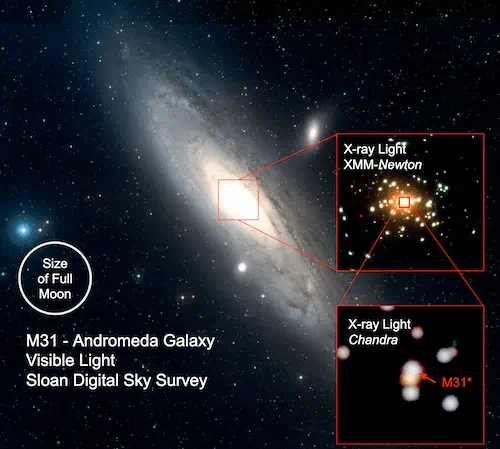
Despite their name, black holes can sometimes emit radiation. A team of astronomers has recently detected a flicker of X-ray radiation from the supermassive black hole at the center of the Andromeda Galaxy. This flicker was identified using 15 years of data from the Chandra X-ray Observatory, revealing two distinct flashes in 2006 and 2013. Interestingly, these flashes coincided with bursts of neutrinos detected by the IceCube Neutrino Observatory, offering exciting new insights into the extreme conditions surrounding the black hole.
Continue reading
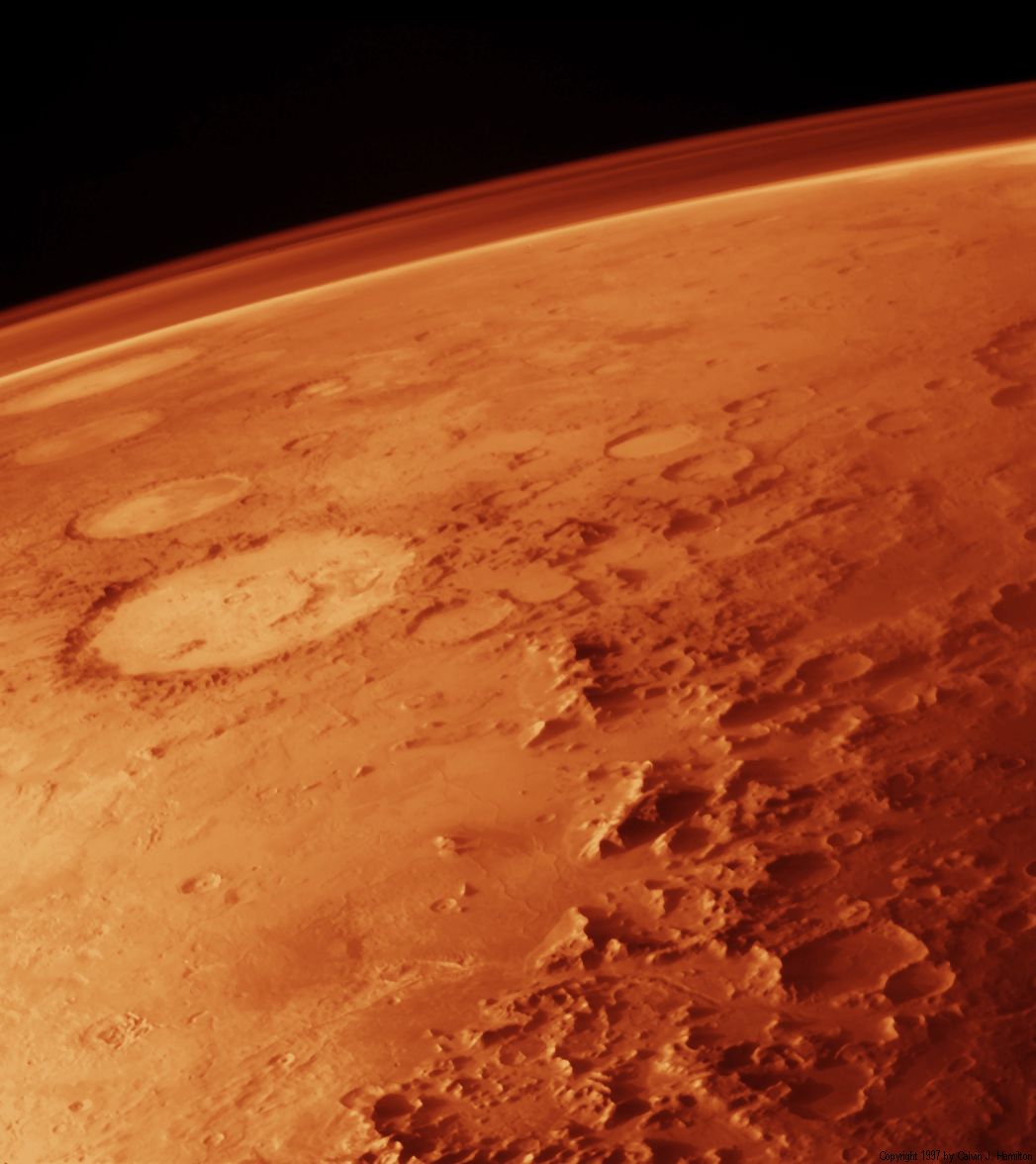
Terraforming Mars has been the long-term dream of colonization enthusiasts for decades. But when you start to grapple with the actual physics of what would be necessary to do so, the effort seems further and further out of reach. Depictions like those of Kim Stanley Robinson's Mars Trilogy are just wildly unrealistic regarding the sheer amount of material that must be moved to the Red Planet to achieve anything remotely resembling Earth-like conditions. That is the conclusion of an abstract presented at the 56th Lunar and Planetary Science Conference by Leszek Czechowski of the Polish Academy of Sciences.
Continue reading
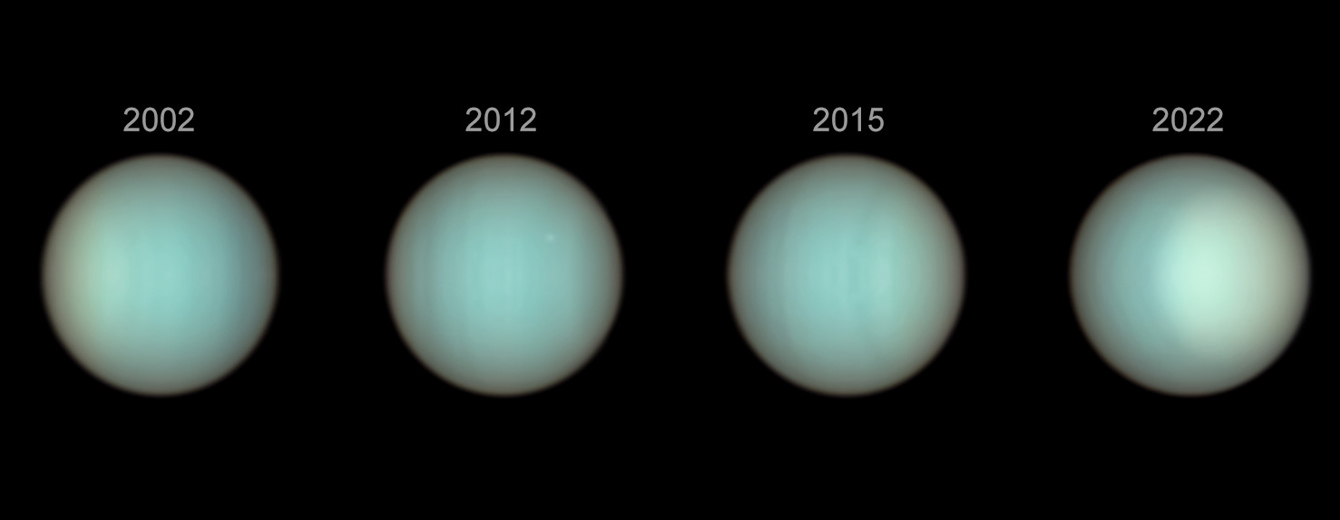
In 1986, the Voyager 2 spacecraft made a flyby of Uranus. It gave us the first detailed images of the distant world. What was once only seen as a featureless pale blue orb was revealed to be...well, a mostly featureless pale blue orb. The flyby gave astronomers plenty of data, but the images Voyager 2 returned were uninspiring. That's because Voyager only viewed Uranus for a moment in time. Things change slowly on the ice giant world, and to study them you need to take a longer view.
Continue reading

Mars exploration technology has seen a lot of recent successes. MOXIE successfully made oxygen from the atmosphere, while Ingenuity soared above the red planet 72 times. However, to date, no one has ever achieved one thing that will be absolutely critical to any long-term presence on Mars - making drinkable water. There have been plenty of ideas on how to do that. Still, NASA recently started funding a Worcester Polytechnic Institute (WPI) graduate student named Lydia Ellen Tonani-Penha to look into the problem under their Space Technology Graduate Research Opportunities (NSTGRO) funding program. Her Project Tethys will examine ways to purify the frozen or liquid brine that Mars is infused with.
Continue reading
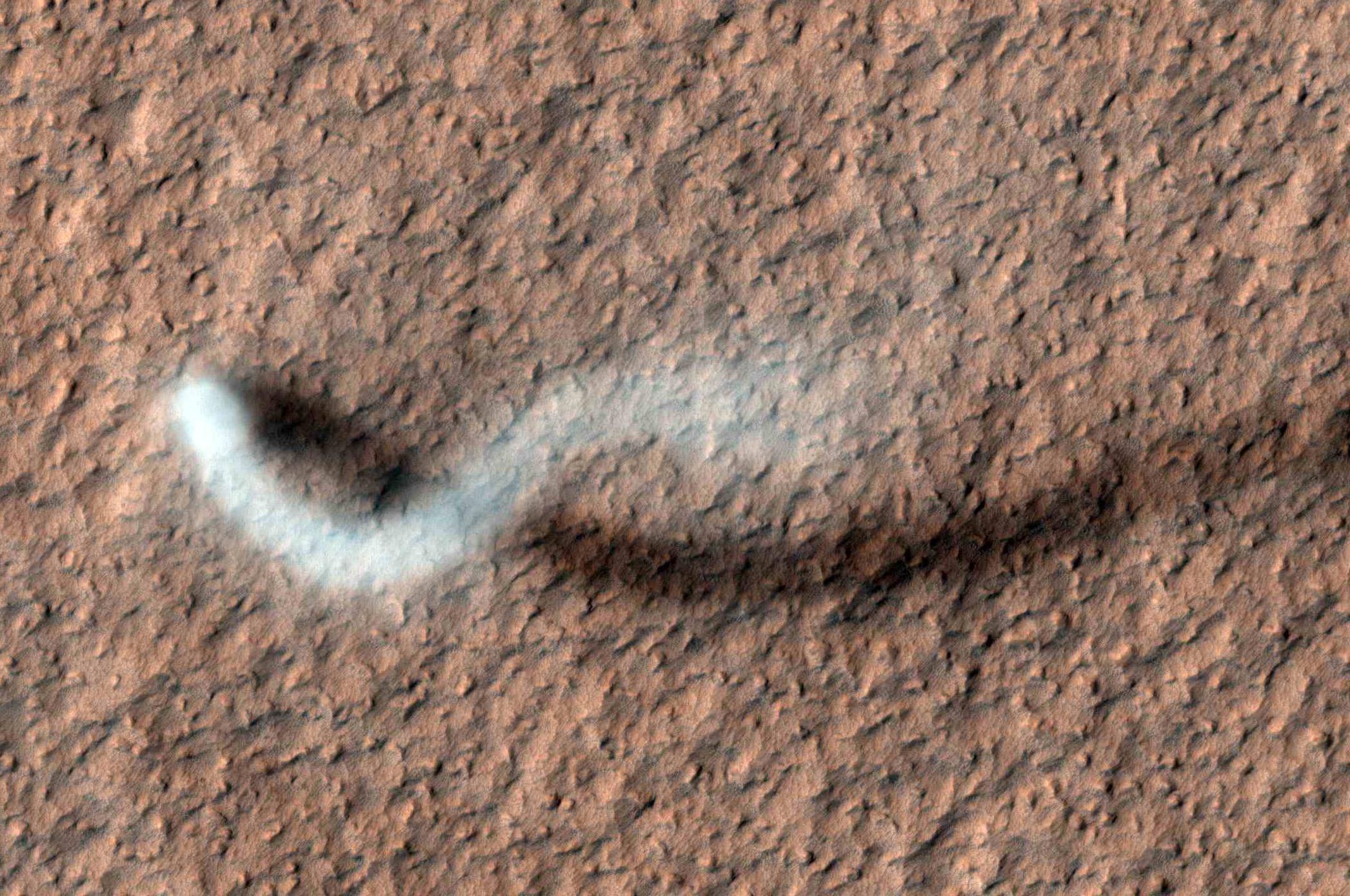
NASA's Perseverance was scanning the rim of Jezero Crater when it spotted a Martian dust devil overtake and consume another smaller one. The rover was about a kilometer away from the larger dust devil, which was about 65 meters wide. The smaller one was about 5 meters wide. This isn't Perseverance's first encounter with dust devils. It's seen clusters dancing around it and even captured audio of a dust devil on Mars for the first time.
Continue reading

Tardigrades are some of the most durable animals ever found. They can handle temperature ranges from -271°C to over 150°C, pressures above 1,200 atmospheric levels, extreme drying, and intense ionizing radiation. Researchers have been studying some of the adaptations that can keep tardigrades alive in extreme environments and consider how they could apply to human space exploration, as well as insights into extraterrestrial life.
Continue reading
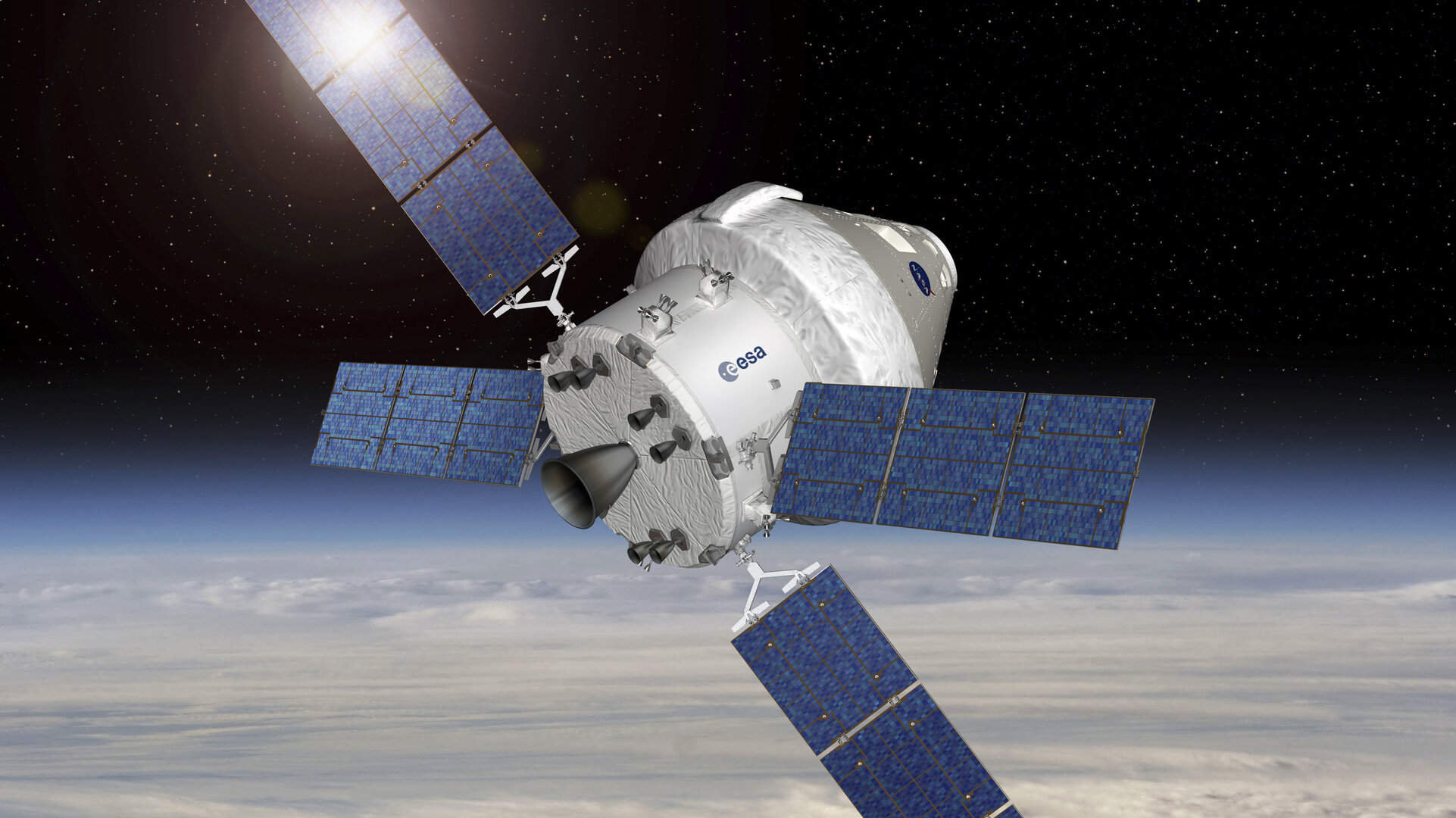
In a recent paper, an international team of scientists identified how the Orion spacecraft's European Service Module (ESM) could be reused. Rather than letting them burn up in Earth's atmosphere, as planned, they recommend that the ESMs use their power and propulsion capability to conduct valuable scientific research.
Continue reading
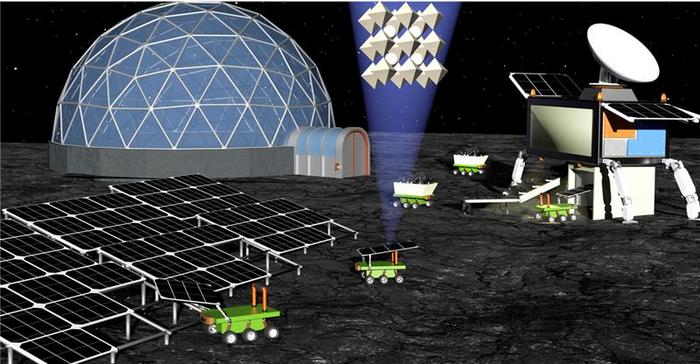
Any advanced civilisation needs power. Don't know about you but I've been camping lots, even wild camping but the experience is a whole lot easier if you have power! It's the same for a long-term presence on the Moon (not that I'm likening my camping to a trip to the Moon!) but instead of launching a bunch of solar panels, a new paper suggests we can get power from the lunar regolith! Researchers suggest that the fine dusty material on the surface of the Moon could be melted to provide a type of crystals that can produce solar electricity! This would allow solar panels to be built on the Moon with only 1% of components sent from Earth!
Continue reading

Sometimes, a brief update is all that is needed to keep the public interested in major projects. That's precisely what John Baker and James Keane of NASA's Jet Propulsion Laboratory provided to the 56th annual Lunar and Planetary Science Conference held in Texas last month. Their brief paper showcased the ongoing development of the Endurance autonomous rover, which was more thoroughly fleshed out in a massive 296-page mission concept study back in 2023. But what has the team been up to since then?
Continue reading
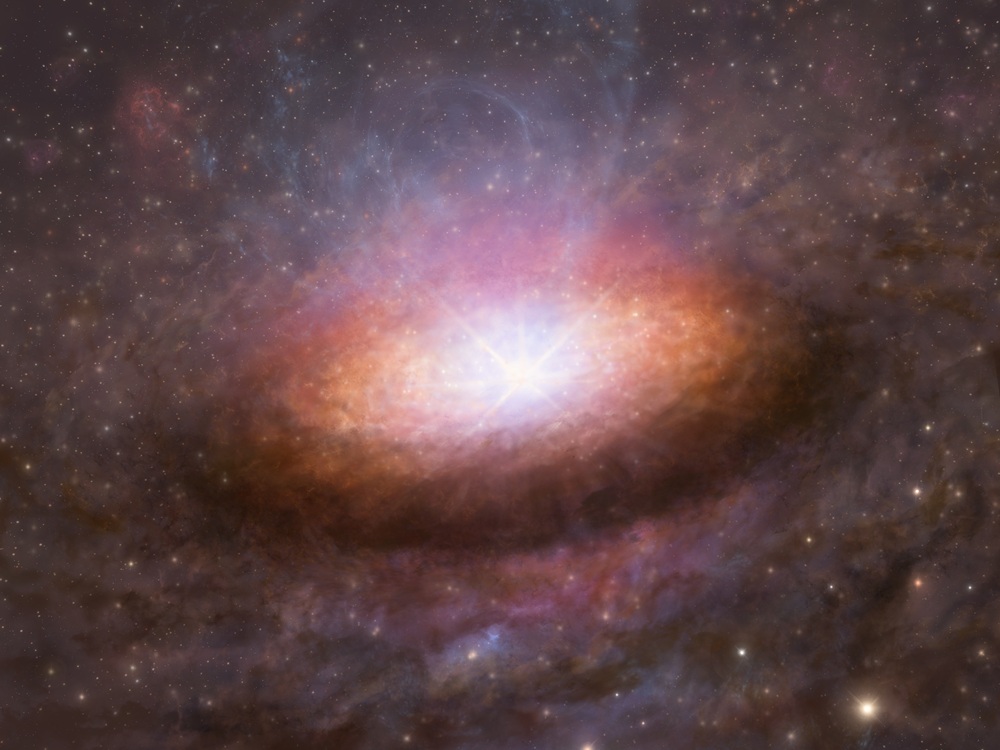
To the uninitiated, astronomers' interest in ancient black holes might seem like an obsession. Why spend so much time, energy, and resources looking back billions of years just to detect the nearly undetectable? They do it because ancient black holes hold unique clues to understanding the modern Universe.
Continue reading
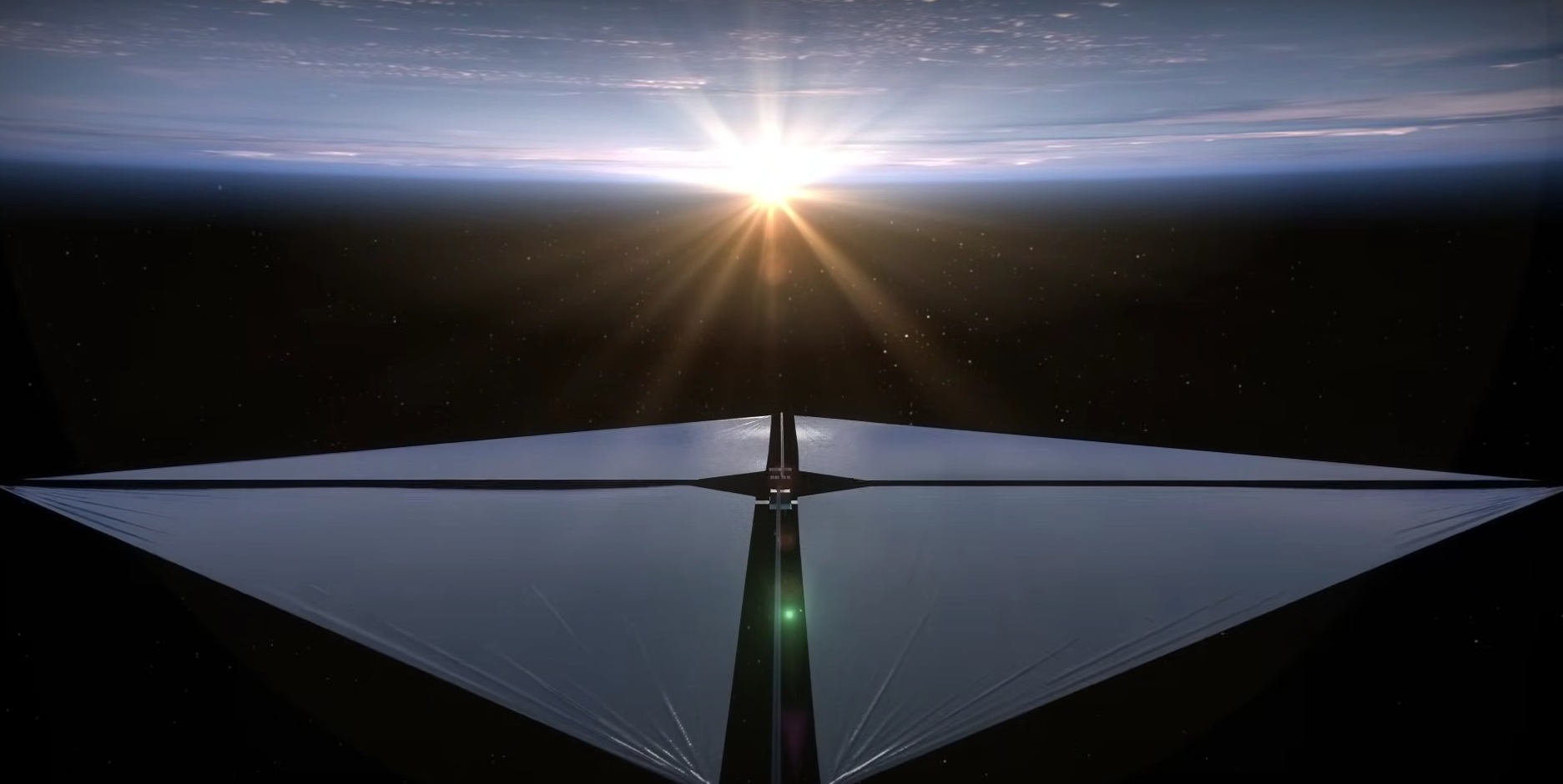
An innovative proposal would be a first for planetary exploration.
Turns out, it's as tough to drop inward into the inner solar system, as it is to head outward. The problem stems from losing momentum from a launch starting point on Earth. It can take missions several years and planetary flybys before capture and arrival in orbit around Mercury or Venus.
Now, a new proposal would see a mission make the trip, using innovative and fuel efficient means.
Continue reading
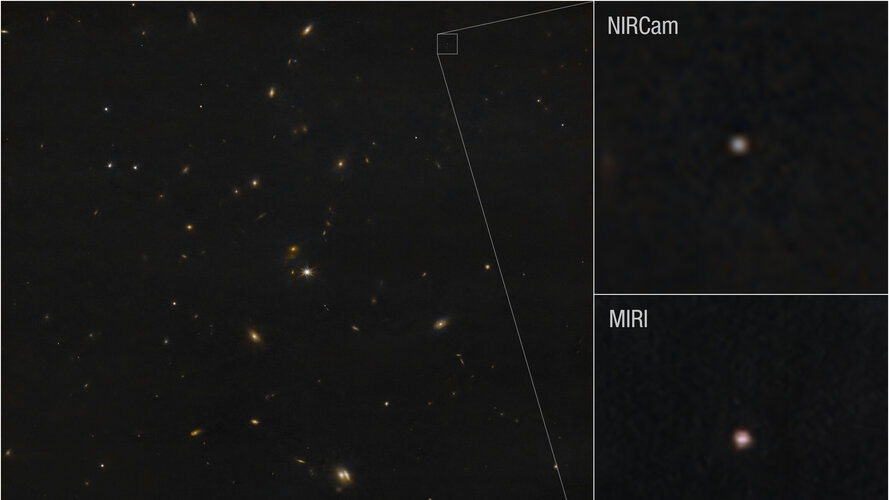
The Torino scale assess' the risk of a near-Earth object impacting Earth. The list has just had a new addition, asteroid 2024 YR4 which poses a risk to Earth in 2032. The risk has been downgraded to 0% but there's still value in studying asteroids that are going to come close to Earth. The James Webb Space Telescope just joined in the study by observing the asteroid to provide a new estimate of its size and showed that it's spinning rapidly.
Continue reading

 Universe Today
Universe Today


















